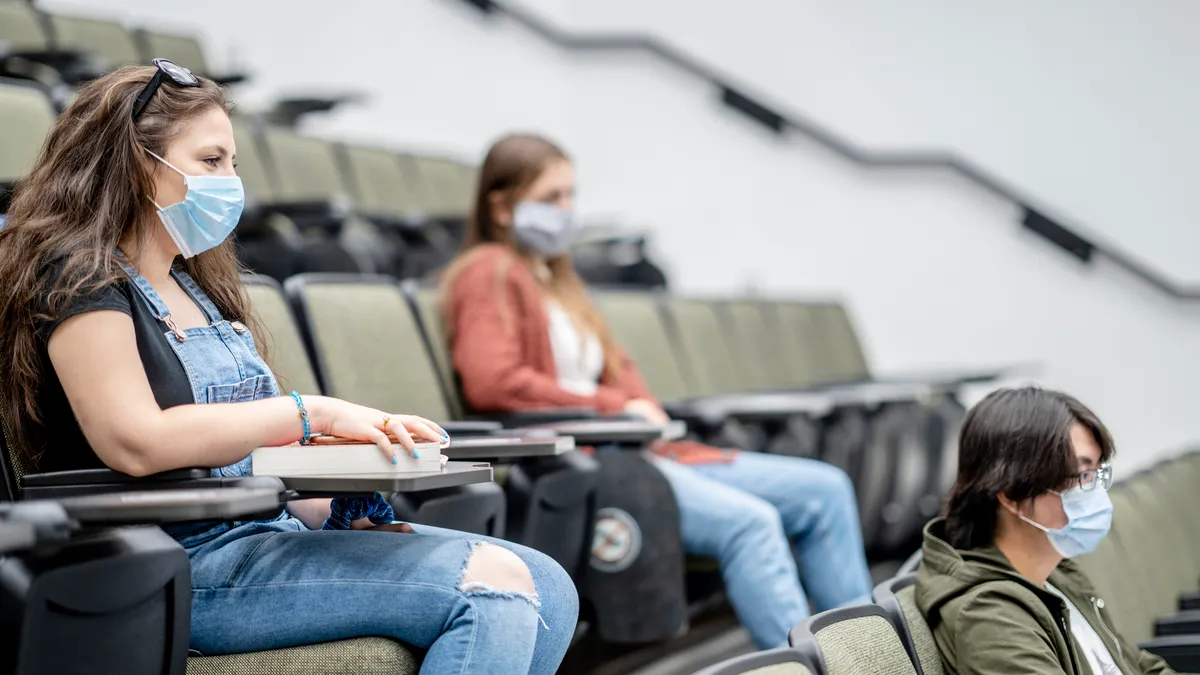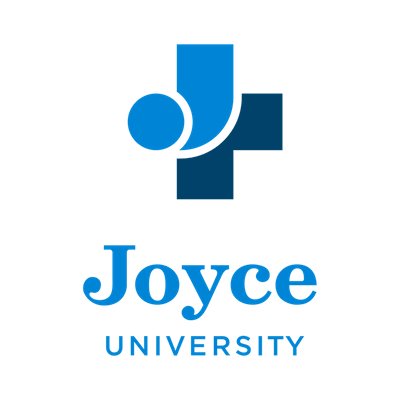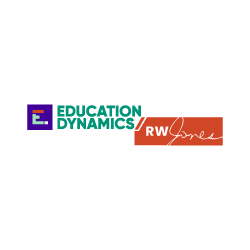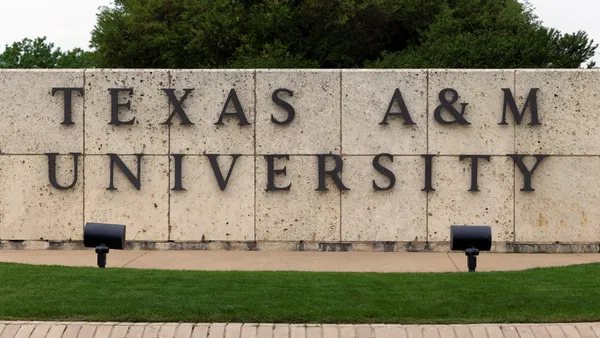Dive Brief:
-
Several colleges and nonprofit organizations run programs that offer support services to help students graduate, but scaling these initiatives can be difficult, according to a recent working paper published by the National Bureau of Economic Research.
-
The researchers reviewed eight programs that were evaluated through randomized controlled trials. Some of them helped boost student completion rates, and several efforts have been replicated at other institutions.
-
The paper looks at methods to help such programs grow, including ways to oversee efforts and gain funding.
Dive Insight:
Around two-thirds of students who began a bachelor's program at a four-year school completed their degree at the same institution within six years, according to the most recent federal data. And only around one-quarter of first-time, full-time community college students complete their associate degrees within three years.
Some colleges have been combating this phenomenon by offering students wraparound services meant to help address problems that could derail their education.
The programs studied in the NBER paper share some features. They use case management, usually through an adviser with a relatively low student caseload, the researchers wrote. They also offer financial support, including nontuition assistance, help with tuition, and financial incentives tied to student performance.
The City University of New York system, for instance, in 2007 developed the Accelerated Study in Associate Programs (ASAP) model, which pairs full-time, low-income students with advisers to help them navigate academic and social challenges. Seven sites across five states are replicating the model, the researchers wrote.
Another program, Monitoring Advising Analytics to Promote Success, (MAAPs), is based on a model developed at Georgia State University. It gives low-income and first-generation students intensive advising and monitors their academic progress. MAAPs has since been piloted by at least 11 institutions. A randomized-control trial found that the program did not improve several student outcomes measures overall, though some institutions saw effects.
ASAP and MAAPs have scaled by having the institutions that spearheaded them oversee a network of partners that have flexibility in how they implement the programs. Some schools that adopted the ASAP model have seen success, suggesting these types of programs can be scaled, the researchers note.
But these programs may be too expensive to scale. Their costs range from $700 to $16,000 annually per student, the researchers wrote.
They note that colleges can look to public funding sources for larger-scale efforts. Another option is having a private investor pay for services upfront but reimbursing them if the program saves money or has positive outcomes.












